Introduction to Sustainable Fabrics
The textile industry is shifting towards sustainable materials, with bamboo and cotton being top choices for eco-friendly fabrics.
In the global textile world, the importance of sustainable materials is growing as manufacturers and consumers seek environmentally responsible options.
Natural fibers like bamboo and cotton offer a range of benefits, including breathability, comfort, and durability. Bamboo, in particular, is recognized as a sustainable resource, making it a leading option for eco-friendly fabric choices.
Consumers are becoming increasingly aware of the environmental impact of their purchasing decisions, driving demand for sustainable fabrics.
Both bamboo and cotton have their own unique characteristics, advantages, and disadvantages in terms of sustainability.
Understanding the differences between bamboo and cotton is crucial for making informed decisions about sustainable fabric choices.

Bamboo Fabric Characteristics
- Bamboo fabric is made from bamboo fibers, which are highly breathable, moisture-wicking, and antimicrobial. Its breathability and cooling comfort make it especially suitable for warmer climates.
- Bamboo is a fast-growing grass that regrows from its own roots and requires minimal water and no pesticides, thanks to the presence of bamboo kun, a natural bio-agent that wards off pests, making it a highly sustainable crop.
- Bamboo fabric is silky soft, durable, and resistant to wrinkles, making it a popular choice for clothing and bed linens. Bamboo linen, a sustainable fabric mechanically produced without chemicals, has a texture similar to traditional linen but is more prone to wrinkling.
- Bamboo clothing is considered an eco-friendly product made from bamboo fabric, but there are environmental and health concerns associated with chemically processed bamboo textiles.
- Bamboo fibers are naturally resistant to harmful chemicals and can be grown using organic farming methods. Bamboo fabrics are gentle and hypoallergenic, making them suitable for individuals with sensitive skin.
- The production process of bamboo fabric involves fewer chemicals than conventional cotton production, reducing environmental concerns.
Cotton Fabric Production
Cotton fabric production is a more intensive process that involves cotton cultivation, which has a significant environmental impact due to high water consumption and conventional farming practices, as well as the use of synthetic pesticides, fertilizers, and irrigation.
The cotton plant is the source of both organic and conventional cotton fibers used in textile production.
Conventional cotton production has a significant environmental impact, including water pollution, soil degradation, and loss of biodiversity. Non organic cotton involves multiple chemical treatments, including pesticides, dyes, and finishing agents, which can be harmful to the environment.
Organic cotton, on the other hand, is grown without the use of toxic chemicals, making it a more eco-friendly choice.
Egyptian cotton is a high-quality cotton that is known for its extra-long staple fibers, making it durable and soft.
Cotton fabric is highly breathable, absorbent, and comfortable, making it a popular choice for clothing and home textiles.
Cotton Fabric Environmental Impact
Cotton fabric is one of the most widely used textiles in the world, but its environmental impact is a growing concern. Conventional cotton production is particularly resource-intensive, requiring vast amounts of water for cotton farming and relying heavily on synthetic pesticides and fertilizers. These harmful chemicals can contaminate water sources, degrade soil quality, and disrupt local ecosystems. The manufacturing process of cotton fabric often includes chemical treatments such as bleaching and dyeing, which can release toxic chemicals into the environment and contribute to pollution.
While organic cotton offers a more eco-friendly choice by avoiding synthetic pesticides and toxic chemicals, it still requires significant water usage, especially in regions where water is already scarce. The environmental impact of cotton fabric is further influenced by the production processes used, with conventional cotton production generally having a larger ecological footprint than organic methods. To address these issues, the cotton industry is increasingly adopting sustainable practices, such as reducing water usage, improving the efficiency of production processes, and developing eco-friendly cotton products.
Consumers can help drive positive change by choosing organic cotton fabrics, supporting brands that prioritize sustainable manufacturing processes, and looking for certifications that ensure responsible cotton farming. By making informed choices, it is possible to enjoy the comfort and versatility of cotton fabric while minimizing its environmental impact.
Comparison of Bamboo and Cotton
- Both bamboo and cotton are natural materials that offer a range of benefits, including breathability, comfort, and durability.
- Bamboo fabric is generally more sustainable than cotton, requiring less water and no pesticides.
- Cotton fabric, on the other hand, is more widely available and affordable than bamboo fabric.
- The environmental impact of bamboo and cotton fabrics depends on the production process, with organic cotton and bamboo lyocell being more eco-friendly options. However, bamboo fabric production often involves extracting cellulose fibers from bamboo pulp using chemical treatments such as sodium hydroxide, which can pose environmental and health risks.
- Synthetic blends, which combine natural and synthetic fibers, can affect the biodegradability and recyclability of fabrics compared to pure bamboo or cotton fabrics.
- Consumers should consider factors like water usage, carbon footprint, and labor practices when choosing between bamboo and cotton fabrics.
Bamboo Textiles and Production
- Most bamboo fabrics are made from bamboo viscose or bamboo rayon, which involves the use of harmful chemicals like carbon disulfide.
- Bamboo lyocell, on the other hand, is a more sustainable production process that uses fewer chemicals and produces less waste.
- Bamboo textiles are highly breathable, moisture-wicking, and antimicrobial, making them ideal for activewear and bed linens.
- The manufacturing process of bamboo textiles can be labor-intensive, with workers exposed to harsh chemicals and poor working conditions.
- Consumers should look for certifications like the Global Organic Textile Standard (GOTS) to ensure that their bamboo fabrics are sustainably produced.
Eco Friendly Fabric Options
- Organic cotton, bamboo lyocell, and recycled polyester are some of the most eco-friendly fabric options available.
- These fabrics reduce the use of toxic chemicals, promote sustainable farming practices, and minimize waste.
- Consumers should consider factors like water usage, carbon footprint, and labor practices when choosing eco-friendly fabrics.
- The fashion industry is shifting towards sustainable materials, with brands incorporating eco-friendly fabrics into their collections.
- Eco-friendly fabrics are not only better for the environment but also offer a range of benefits, including breathability, comfort, and durability.
Conclusion and Recommendations
In summary, the comparison between bamboo and cotton fabrics highlights the complexities of making sustainable choices in the textile industry. Bamboo fabrics, derived from the fast-growing bamboo plant, are known for their moisture wicking, silky soft texture, and natural antimicrobial properties, making them ideal for bed linens and clothing. However, the production process for most bamboo fabrics, such as bamboo viscose, often involves harmful chemicals that can offset the environmental benefits of this highly sustainable crop. Bamboo lyocell stands out as a more eco-friendly option, using fewer chemicals and a closed-loop manufacturing process.

Cotton fabrics, especially those made from organic cotton, offer a familiar and highly breathable alternative. While organic farming methods reduce the use of toxic chemicals and support healthier ecosystems, conventional cotton production still poses significant environmental challenges due to intensive water usage and chemical treatments. The Global Organic Textile Standard (GOTS) certification can help consumers identify cotton products that meet high environmental and social criteria.
To make the most sustainable fabric choices, consumers should prioritize organic cotton and bamboo lyocell, and seek out brands that are transparent about their production processes and committed to reducing their environmental impact. Supporting eco-friendly options not only benefits the planet but also ensures high-quality, long-lasting fabrics for everyday use. Additionally, adopting sustainable laundry habits—such as washing in cold water and air drying—can further reduce the environmental footprint of both bamboo and cotton fabrics. By making conscious decisions, individuals can contribute to a more responsible textile industry and enjoy the benefits of natural fibers with a lower environmental impact.

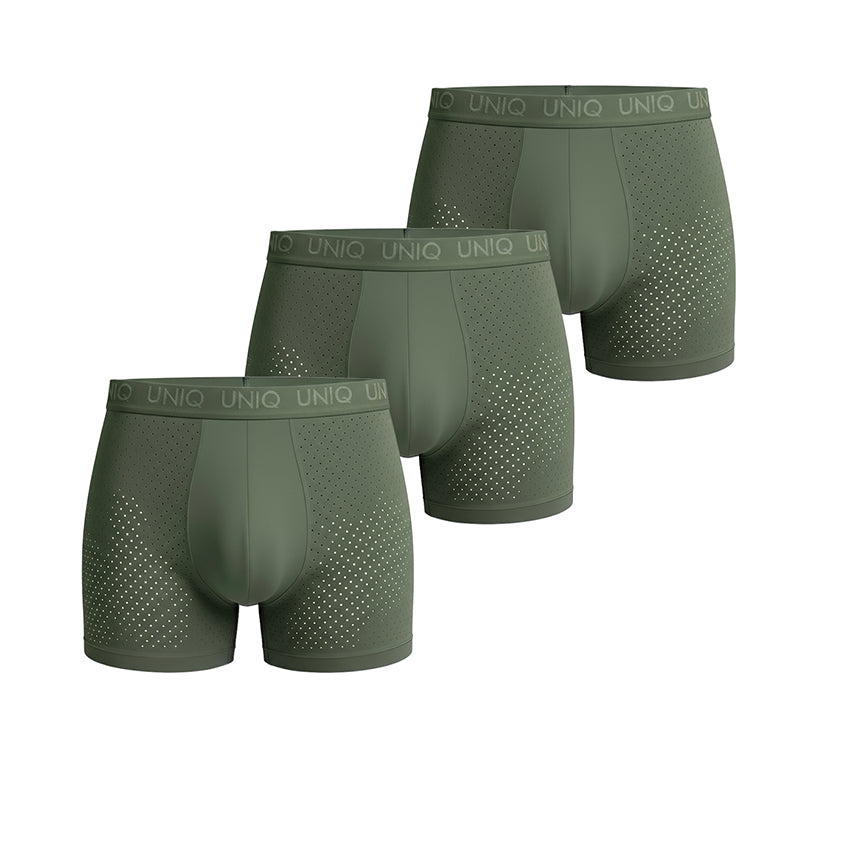
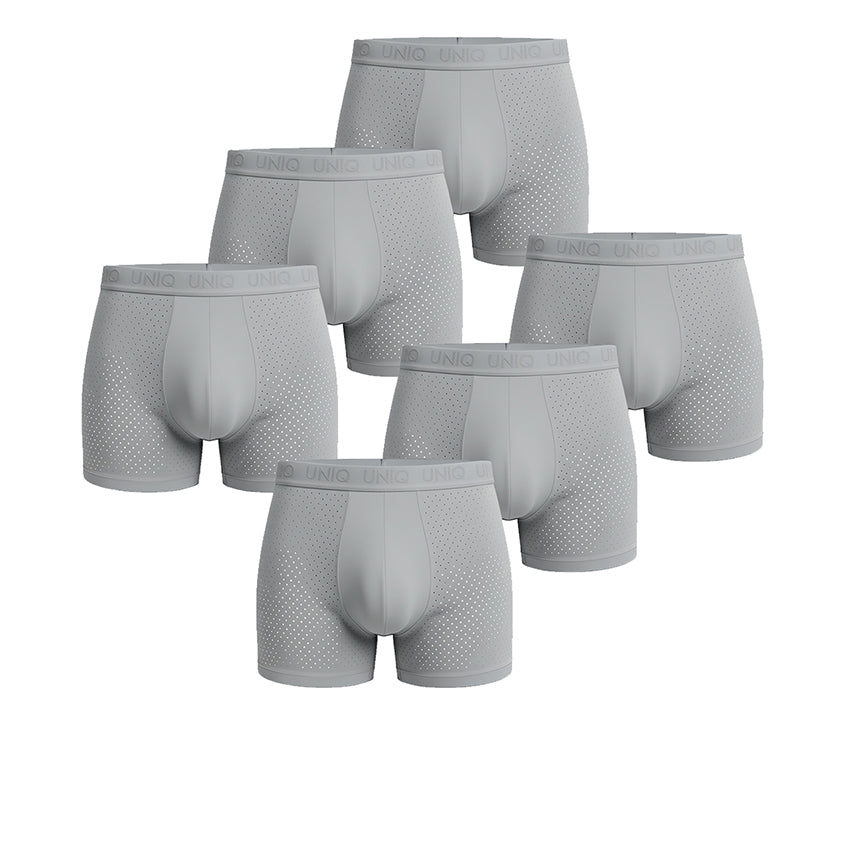
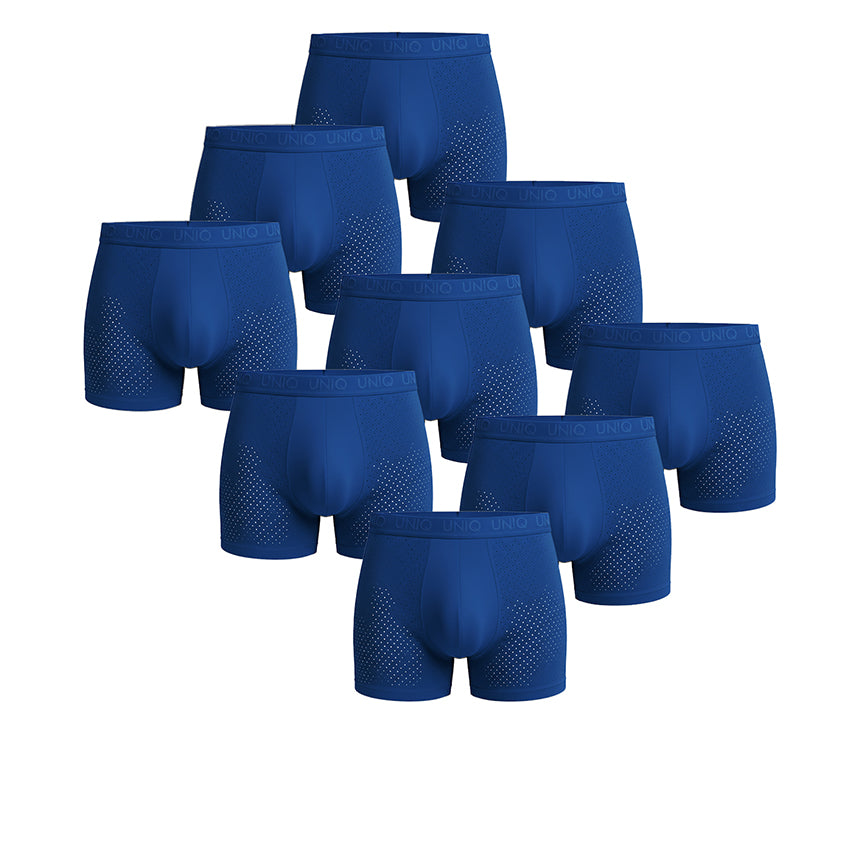



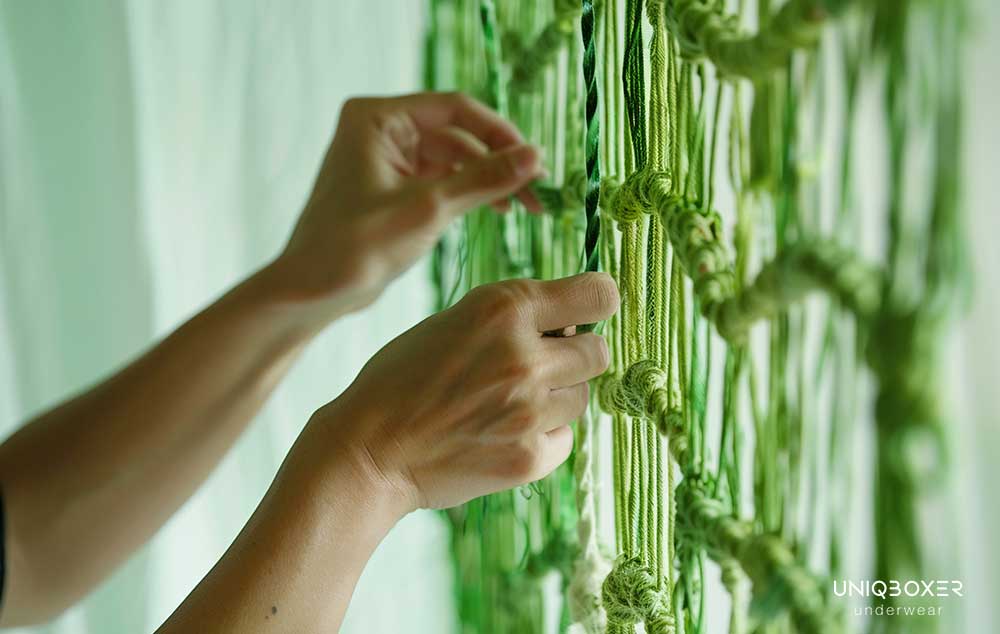

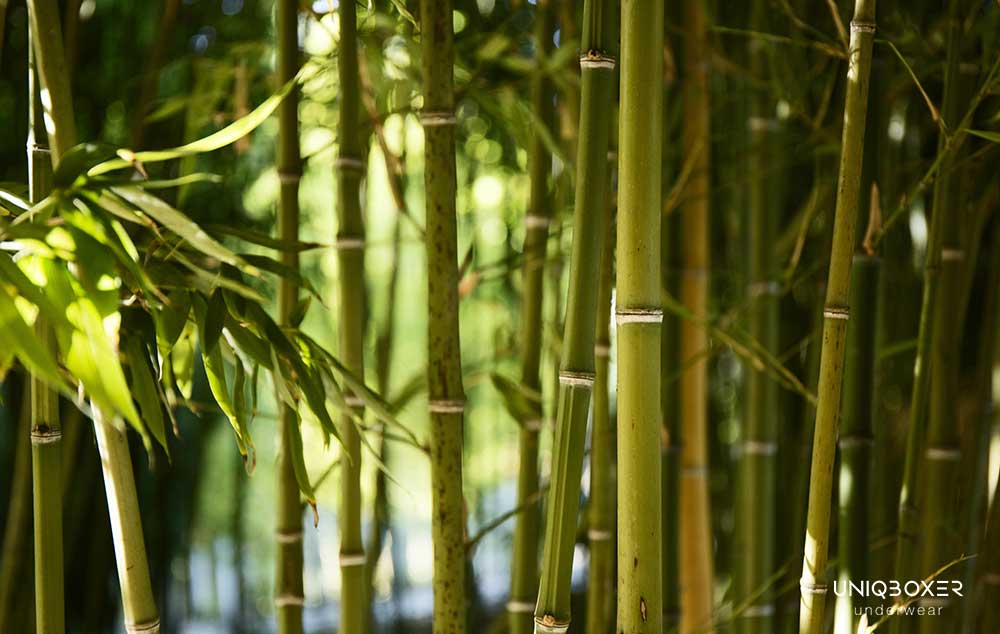
Leave a comment
This site is protected by hCaptcha and the hCaptcha Privacy Policy and Terms of Service apply.